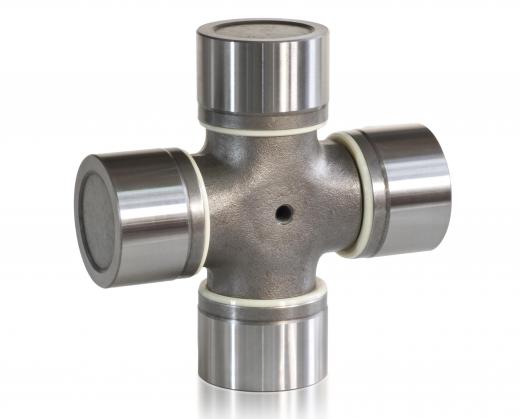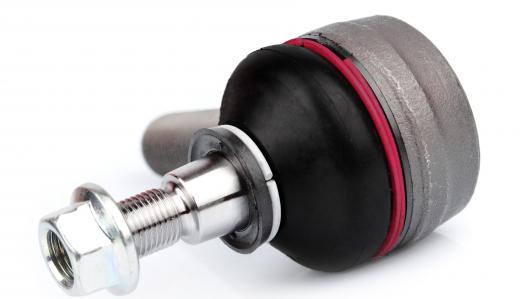A trunnion is a protrusion that is utilized as a mounting point. These supports are used on a wide variety of objects and devices, and they are usually designed to be an integral part of a device for added stability and strength. Making objects with this type of integrated support can be challenging, but the superior strength and support offered are sometimes worth the extra effort. Their use is specifically referenced in the names of devices like trunnion valves and bearings, which rely on this technology to function.
Classically, trunnions are installed in pairs, one on either side of the device. One of their classic uses is in the cannon, where they are integrated into the barrel and inserted into the mounting block which holds the cannon in place. They allow the barrel to be moved up and down to assist with aiming, and the mounting block itself can be mounted on a swivel so that the cannon can be safely rotated.

When something is mounted on a trunnion, it can move freely along one plane, but not along any other. Rotation is permitted in the plane perpendicular to the support because it can rotate within the framework it is attached to. Some designs include ones with notches or pegs that are designed to hold an object rigidly in place, and locks are also available to prevent these supports from rotating during transit or once an object has been maneuvered into the desired position.

Some types of vehicle suspensions have historically used trunnions, as have antennae rigs in which some movement in one plane is desired. Certain types of saws and equipment can also be installed with ones in place to allow movement in only one direction. Because they are installed in pairs, they are generally extremely stable, and they hold a device efficiently without requiring additional fasteners and support when they are properly designed.

Like other mounting points, trunnions can be weak points if they are not designed properly. When they are solidly cast into a device, they tend to be very strong, whereas if they are welded, glued, or otherwise attached later, the join can become weak, causing the supports to fail. Strength can also be determined by their size, the materials they are made from, and the weight of the object they are supporting. The design must be carefully calculated to provide an adequate level of support and strength without wasting materials.
Ever since she began contributing to the site several years ago, Mary has embraced the exciting challenge of being a About Mechanics researcher and writer. Mary has a liberal arts degree from Goddard College and spends her free time reading, cooking, and exploring the great outdoors.

